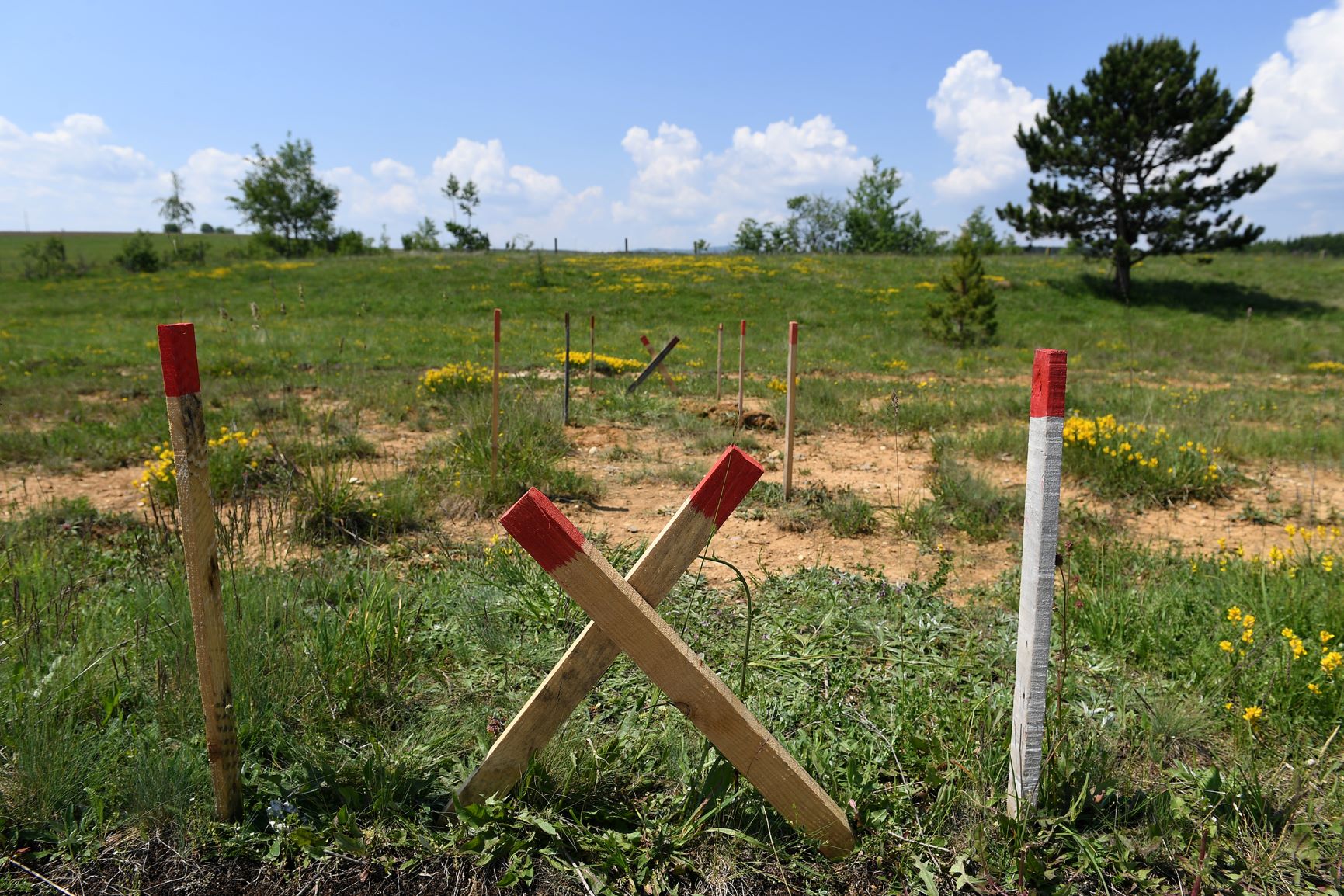The world celebrates 22 years of Ottawa Convention (Ottawa Convention turns 22)
by:Kosta Isailovic

It has been 22 years since the Convention on the Prohibition of the Use, Stockpiling, Production and Transfer of Anti-Personnel Mines and on Their Destruction (or the so-called Ottawa Convention or the Mine Ban Treaty) was adopted, but the legacy of these devastating weapons lives on. The Ottawa Convention was signed on 3 December 1997 and it is one of the world's most widely accepted treaties: over 80% of the world's countries are States Parties to the treaty. There are currently 164 States Parties. Only 32 states remain outside the treaty, but most of them do not actually use or produce antipersonnel mines.[1]
In this period, much has been achieved. All over the world, millions of anti-personnel mines have been destroyed, and many mined area have been cleared. Most importantly, many lives have been saved and the situation for the majority of mine victims is significantly better today than it was two decades ago. According to Landmine Monitor 2018, only in the period from 2013 to 2017, 830 km² of mined area was cleared and 1,065,082 Anti-Personnel Mines were destroyed. The United Nations and many humanitarian organizations have continued to work with Member States and affected communities to reduce the threat and impact of explosive ordnance on humanitarian action, human rights, peace and security, and socio-economic development. This year, the United Nations provides “The United Nations mine action strategy 2019-2023” with the vision of the world free from the threat of mines, explosive remnants of war (ERW), including cluster munitions, and improvised explosive devices (IEDs).




